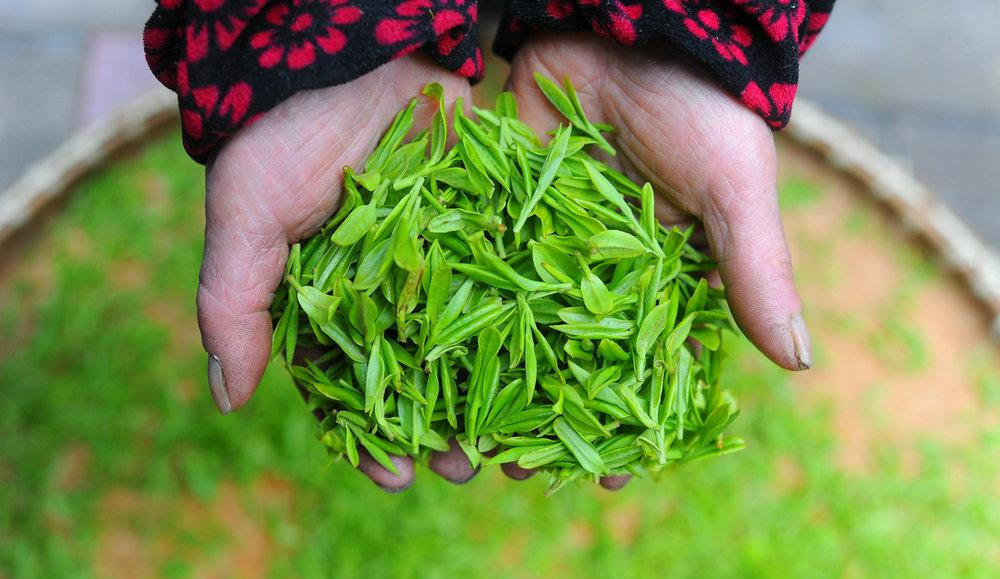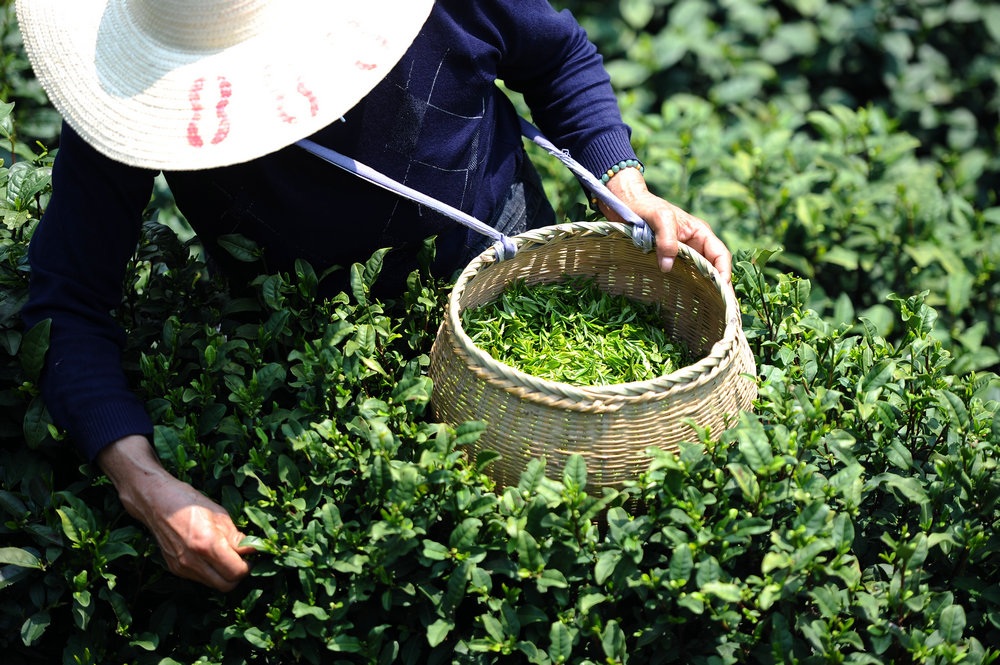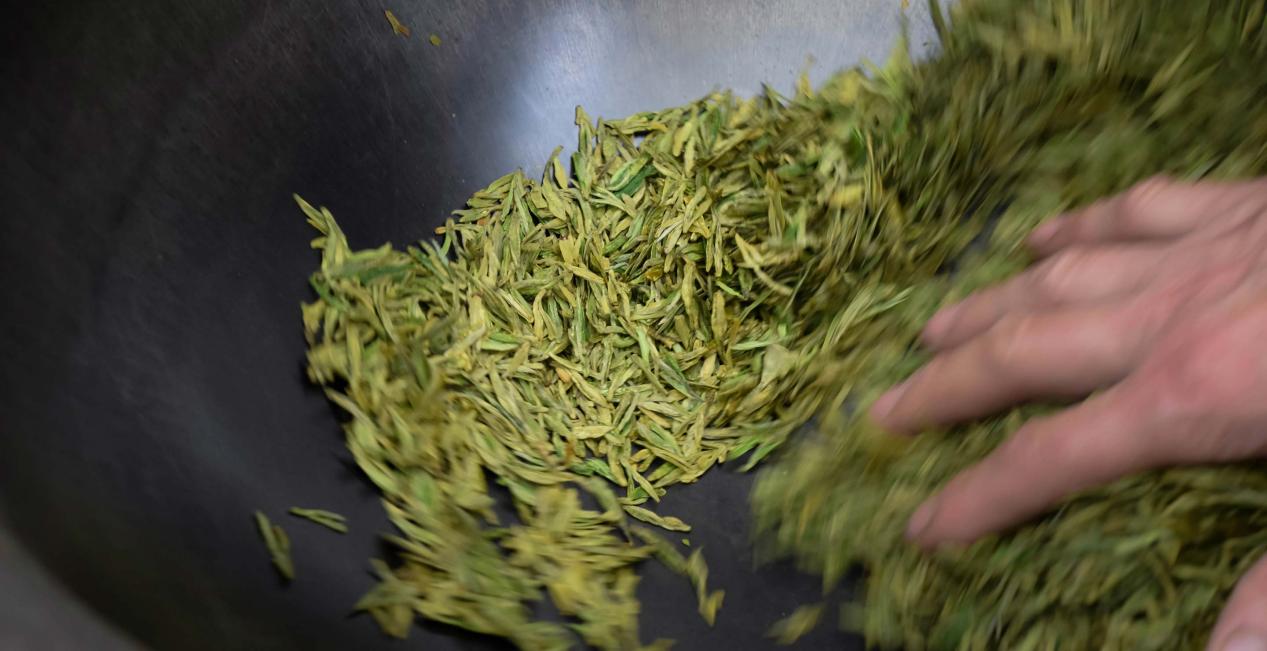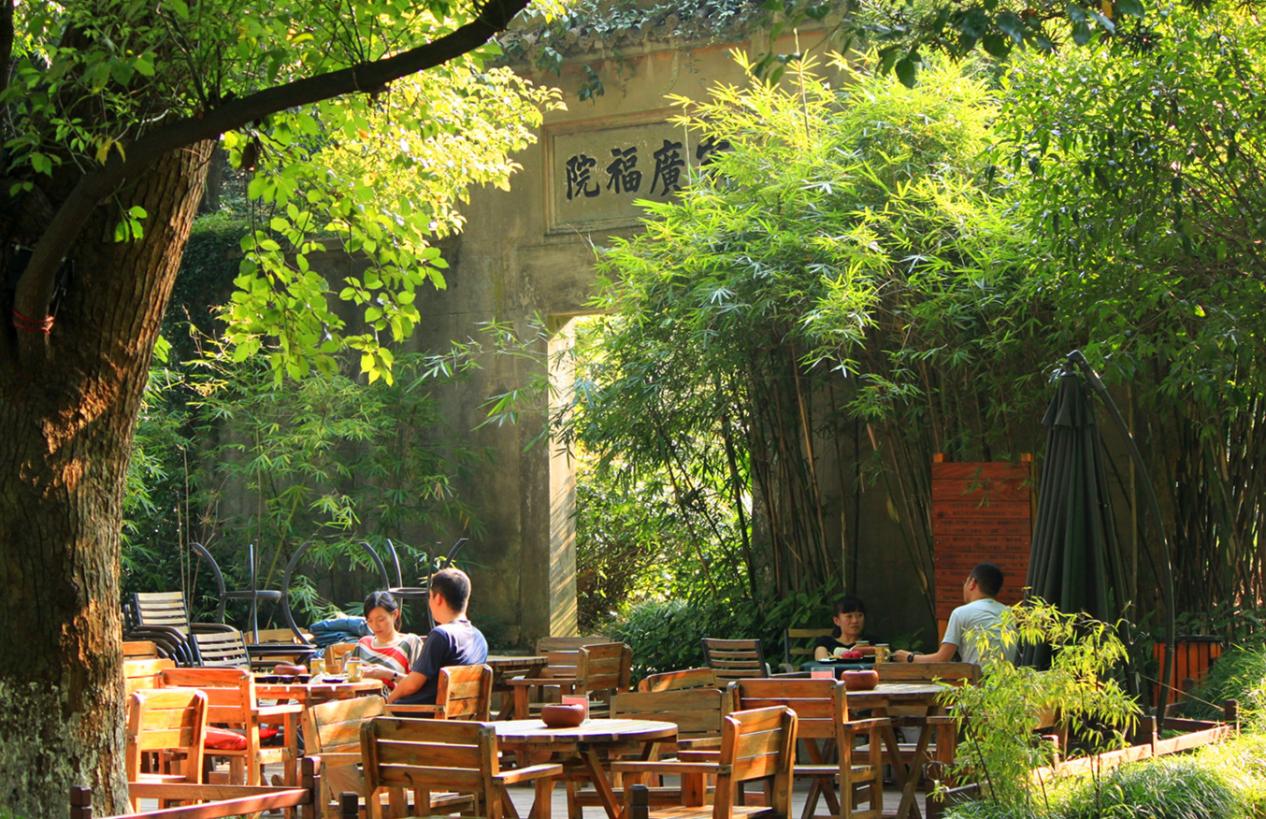Longjing Tea— A Bite of Spring
Publication time:2021-07-01 16:35:59
(By Chen Zhiying)Longjing tea, also known as West Lake Dragon Well tea, is named after its production region — Longjing Village of West Lake in Hangzhou, Zhejiang Province. West Lake Longjing tea has topped the list of the ten most famous tea in China and is characterized by its green color, delicate aroma, mellow taste, and beautiful shape. The superior geographical environment and quality water resources around West Lake have contributed much to the growth of Longjing tea, comfirming the saying that “Longjing tea is the best among all of the tea in the world, and the best Longjing tea is produced on Lion Peak Mountain”. This tea with a long history and specialty is every tea lover’s must-try on their bucket list.
Legends of Longjing tea — admiration from the royal family
The history of Longjing tea dated back to the Tang Dynasty (618-907), and it became well-known in China in the Song Dynasty (960-1279), prevailing in the Ming (1368-1644) and Qing (1636-1912) dynasties. According to the legend, Emperor Qianlong visited Lion Peak Mountain during his Hangzhou travels, and he saw some ladies picking tea at the foot of the mountain. He was so interested in their movements that he decided to have a go himself. While picking the tea, the emperor received the news of his mother’s illness, so he carelessly put the leaves in his right sleeve and left Hangzhou for Beijing. He visited his mother immediately upon his arrival in Beijing, and Empress Dowager smelt the fragrance of the leaves from his sleeves and wanted to have a taste. Emperor Qianlong brewed some tea for her. Empress Dowager found herself completely refreshed after drinking this cup of tea and she even praised it as a remedy for all diseases. To show appreciation, Emperor Qianlong planted 18 tea trees in the Royal Tea Garden at Shi Feng in the Long Jing Village.

However, Longjing tea was mentioned long before the Emperor Qianlong had a chance to try it. The first written proof of this tea appears in the book written by one of the first Chinese tea masters — Lu Yu.
Elaborate production process makes the fragrant tea
It is because of the elaborate harvesting and making processes of Longjing tea that it can retain its high quality and original flavor. Harvesting tea is more than simply plucking a few leaves from the tea plants. Timing, cultural techniques, and finesse are all key to the harvest and cultivation of Longjing tea. To ensure the best quality and flavor, this type of green tea is harvested in early spring. Tea leaves picked before the Qingming Festival (Tomb-Sweeping Day, usually falls on April 4 or 5) or after the grain rain period (6th solar term, April 20 to May 6) are considered to be the top-end. The former, pre-Qingming tea tastes lighter and sweeter, while the latter is stronger, but never as strong as most other Chinese green teas. Harvesting in an early time ensures the tea is made only of the youngest and freshest tea leaves.

Once the tea leaves are harvested, they are heated in large woks. The process of making Longjing tea is very strict. The best quality and most expensive leaves are roasted by hand, with tea masters gently pressing the leaves in the wok until they reach the desired roasting point. More affordable Longjing teas are roasted and sometimes even harvested using machines to speed up the process. This firing kills the enzyme activity and removes the green, grassy taste. The leaves are then cooled for about an hour and re-cooked at a lower temperature. Once dry, they are gently flattened to release the aroma. Finally, the tea is hand-graded by leaf size and then packed.

Tips:
1. For the best flavor, it’s better to use loose leaf tea rather than tea bags. That’s because loose tea tends to be at a higher grade than tea bags, which usually only contain gound tea leaves.
2. Make sure to use filtered water or spring water instead of tap water for the most authentic flavor.
3. Longjing tea leaves can be infused 3 to 5 times before losing flavor. Set the leaves aside to brew for multiple infusions, and make sure to increase the steeping time with each infusion by about 30 seconds.
Longjing tea shares many potential health benefits of green teas since it is in the green tea category. However, only the young and fresh tea buds and leaves are used for making Longjing tea, so the total level of nutrients in it will be different from some other types of green tea. The amount of nutrients in each cup depends on the tea cultivars, the whole processing method, storing conditions, and brewing techniques too. Longjing tea contains the highest content of antioxidant compounds, which proved helpful for fighting against certain cancers, lowering blood pressure, reducing the likelihood of getting the flu and other infections, and helping reduce the signs of aging.

With Longjing tea’s mellow sweet taste and long list of health benefits, it is no wonder that the Chinese has been drinking this tea for centuries. The next time you are looking for a refreshing cup of tea, try the wonderful Longjing tea.
Source: China-ASEAN Panorama

